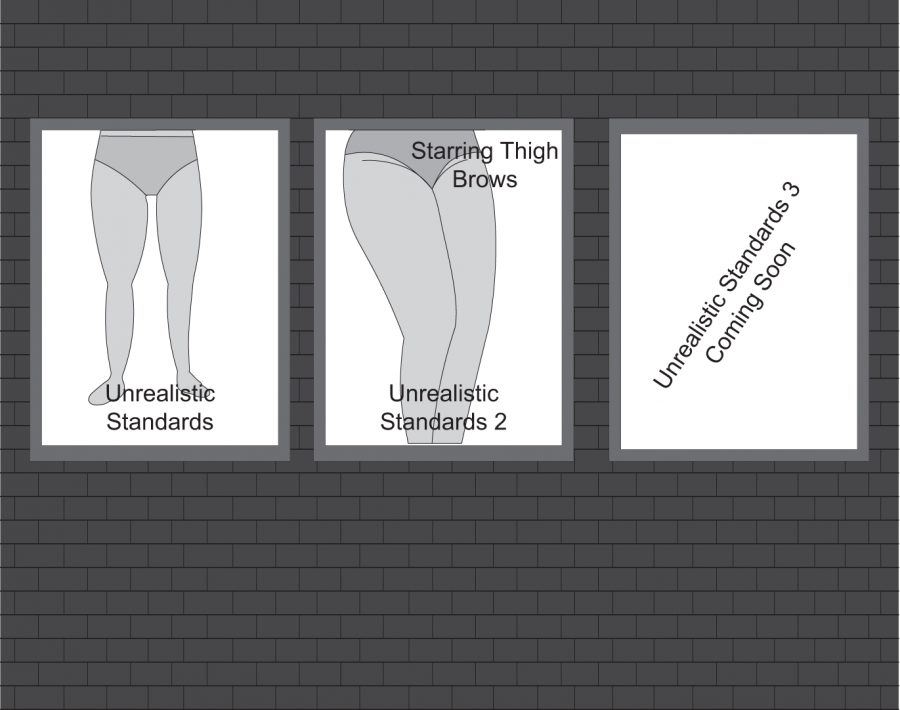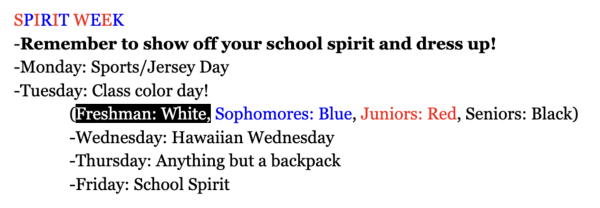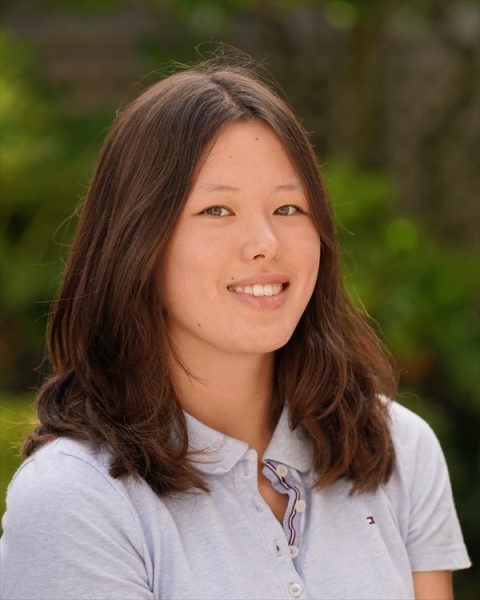Raising brows at unhealthy ideals
Edited social media photos promote distorted body images.
November 5, 2015
As fashion, beauty and celebrity trends move from newsstands to phone screens, social media platforms have become a venue for the rapid replacement of one body ideal after another. Young girls and women are constantly exposed to changing body standards that can pose a dangerous threat to their health and self image.
Social media celebrity Essena O’Neill, 18, took to Instagram earlier this week to tell her 673,000 followers that she was quitting social media for the sake of her 12-year-old self.
Exchanging her social media accounts for a basic Squarespace website “Let’s Be Game Changers,” O’Neill says she aims to promote the exploration of what is “Behind the Image” and expose what she calls the “Celebrity Construct,” the concept that a social media and public appearance will bring one happiness.
“Don’t let numbers define you,” O’Neill wrote on her new website. “Don’t let anyone tell you you’re not enough without excessive makeup, latest trends, 100+ likes on a photo, ‘a bikini body’, thigh gap, long blonde hair.”
The latest social media thin-inspired “thinspo” trend glorifies unrealistic body standards, and the latest example of this is in the “thigh brow” label, which describes the creases between the thighs and pelvis that are visible when someone squats or sits down in tight clothing. The “brows” supposedly indicate that an individual has a larger backside, a body type thats popularity has increased with the the fame of icons like Beyoncé and Kim Kardashian.
As the thigh gap — the space between one’s thighs when standing — trend has quelled over time due to its harmful nature leading girls to take ludicrous actions to obtain it, the thigh brow has taken center stage, embracing curvier figures that were previously excluded from the thigh gap as it mainly appeared on petite bodies.
Body image is a complex phenomenon influenced by parents, peers, and social contexts, according to Common Sense Media. Social media proves to be a large part of social context and connects adolescents to their peers.
Trends like the thigh gap and thigh brow, which only ostracize the female body dominate Instagram and Tumblr feeds, apps and sites teenagers use on a daily basis. Not only are the trends specific to the female body, but young girls are the target audience on the sites where these fads are advertised.
Teenage girls use these social media sites and platforms — particularly visually-oriented ones — for sharing more than their male counterparts do, making young women more prone to exposure to these images and more likely to be influenced by them, according to Pew Research Center.
Both Tumblr and Instagram serve as epicenters can desensitize teenagers to these images. Sixty-one percent of girls use Instagram, versus 44 percent of boys, and 23 percent of girls use Tumblr, versus 5 percent of boys, according to Pew Research Center.
Sixty-nine percent of girls in fifth through 12th grade reported that magazine pictures influenced their idea of a perfect body shape, according to the National Association of Anorexia Nervosa and Associated Disorders.
In an attempt to conform with the popular images of thigh gaps they see online, some girls and women are going to extremes to achieve the trend, developing dangerous eating disorders and even undergoing risky surgical procedures, while some stick to PhotoShop and image modification applications to alter their photos to fabricate their thigh gap.
In response, Instagram has banned thinspo content by making all related hashtags unsearchable, and users who are reported for actively promoting or glorifying self-harm have their accounts terminated.
Earning its own wikiHow tutorial and Wikipedia page, the thigh gap has become the goal of many exercise and workout plans, diets and lifestyles.
Unlike the thigh gap, thigh brows appear naturally on every body and, although appearing more pronounced on heavier girls, does not encourage unhealthy habits. Due to the “advantages” of this trend, most consider it to be a “body positive” movement.
Regardless, social media users must stop scrutinizing the bodies of young women.
Spoken word poet Desiree Dallagiacomo preaches in her piece “Thighs,” “Our everything is too big, monstrous, sturdy, we stay the stilts that carry this woman body.”
Women need to put down the phones and look in the mirror to realize that beauty is not always picture-perfect.










